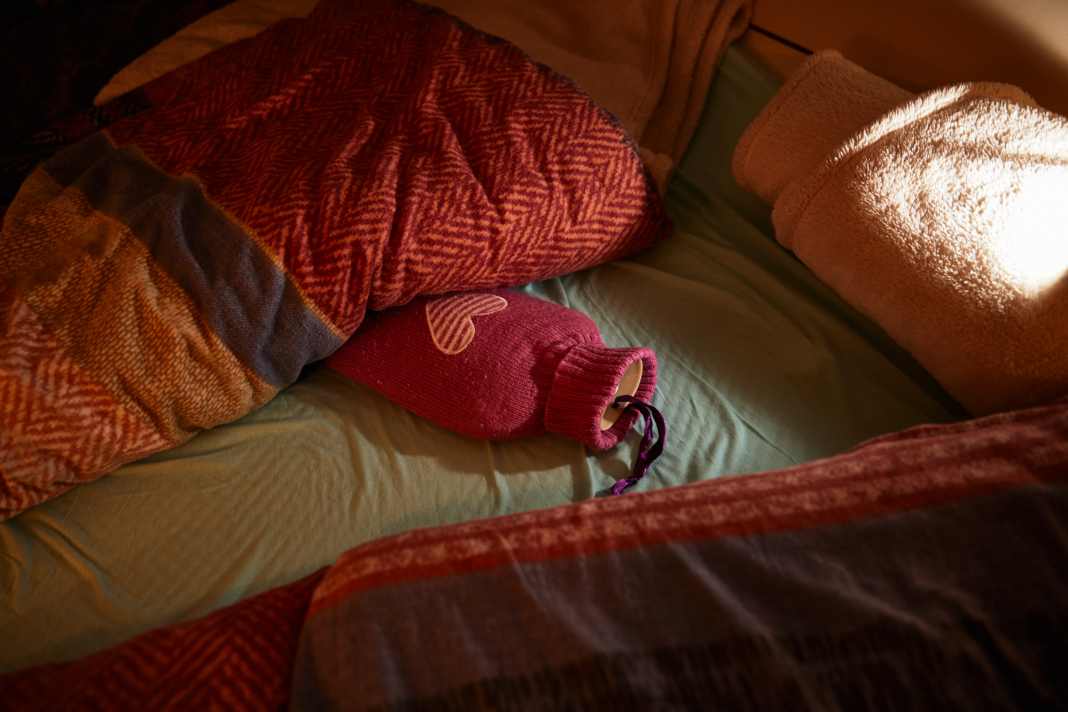





Further parts of the winter series:
During the season, we usually heat our boats with either diesel hot air or hot water heaters. However, if you also want to use your boat in winter, sooner or later you will be looking for alternatives or supplements. Some make sense, others don't. Here we show you some examples of how to keep your boat warm.
Fan heater
The electric fan heater is the classic for quick heating on the go. It is available in many different versions and performance classes. The advantages are obvious: the appliance is inexpensive, small, maintenance-free and can be used practically anywhere where shore power is available.
Disadvantage: Just like diesel air heaters, electric fan heaters generate warm air that heats up the room quickly. However, it also cools down just as quickly after the appliance is switched off. Continuous operation can also be very expensive. Depending on the electricity price in the harbour, the monthly energy bills can quickly add up. What's more, the fan generates noise that is annoying, at least at night. Therefore: Fan heaters are useful for quick, short-term heating, but not for continuous operation.
Oil radiator
In contrast to fan heaters, oil radiators heat the air more slowly, but are more sustainable and economical. With this type of appliance, the air is not heated directly, but an oil is heated, which then circulates in the radiator and releases the heat into the room air. Advantage: The appliance requires less electricity, works completely silently and is extremely safe to operate. For the cabin of a 10-metre boat, for example, a 600-watt appliance is completely sufficient to keep it at the right temperature. However, even such appliances cannot operate without shore power.
Heat waves
In heat wave devices, low-frequency radiation is generated which, when it hits objects, heats them up. The subjective feeling of warmth is good and is similar to that of a stove. These appliances are also very safe to operate and use less energy than a fan heater, for example. They are available in various power classes from a few 100 watts up to 2- or 3-kW versions. These appliances also operate silently and can be installed virtually anywhere, even permanently.
Gas heater
Mobile gas heaters, for example from the camping sector, are practical, but less recommendable on a boat. The reason for this is that they work with an open flame and consume the oxygen in the room. They can also lead to an increase in humidity. Although such heaters are independent of the power supply, they should never be operated on board without supervision.
Petroleum
Similar to mobile gas heaters, paraffin heaters also work with fossil fuel. In plain language: there are exhaust fumes that make operation in enclosed spaces such as the cabin impossible. At best, they are suitable for heating up under the convertible top, but must never be left unattended.
The same applies to paraffin lamps. In addition to providing light, they also generate heat, which can heat up small rooms. However, they are unsuitable as a replacement heater.
Resistance wire
So-called resistance wire can be used to prevent seacocks or frost-prone pipes from freezing. In principle, this is a current-carrying cable (12 V or 230 V) that heats up. Depending on the length of the wire, more or less power is consumed. As frost protection for seacocks, the energy requirement is low and the function is reliable.
Light bulb
In earlier times, 230-volt light bulbs were also used as heaters for frost protection in engine compartments, but hardly any more. The reason: Conventional filament bulbs have almost disappeared from households and are hardly available any more. The principle: In addition to light, light bulbs also emit heat, which warms the ambient air. For the engine compartment, a 60 to 100 watt light bulb was often enough to keep the engine compartment above the zero degree limit. Today, the same can be achieved with electric frost monitors available from DIY stores.

